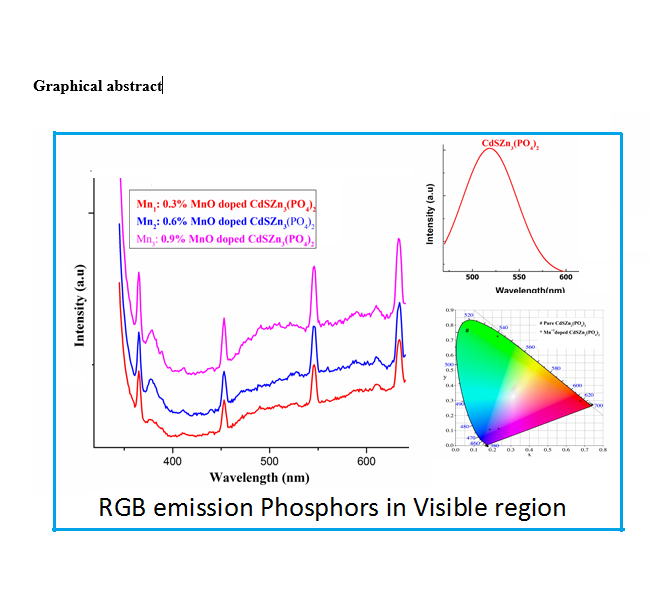Mon, Jan 6, 2025
[Archive]
Volume 19, Issue 4 (Desember 2022)
IJMSE 2022, 19(4): 1-13 |
Back to browse issues page
Download citation:
BibTeX | RIS | EndNote | Medlars | ProCite | Reference Manager | RefWorks
Send citation to:



BibTeX | RIS | EndNote | Medlars | ProCite | Reference Manager | RefWorks
Send citation to:
Gogula S, Cole S, Kanakala V R, Jaya Ram pavan kumar G, Tirumala Rao B. The Structural, Morphological, Optical and Photoluminescence Studies of Mn2+ Doped CdS/Zn3(PO4)2 Nanocomposites. IJMSE 2022; 19 (4) :1-13
URL: http://ijmse.iust.ac.ir/article-1-2574-en.html
URL: http://ijmse.iust.ac.ir/article-1-2574-en.html
Sreedevi Gogula 
 , Sandhya Cole
, Sandhya Cole 
 , Venkata Rao Kanakala
, Venkata Rao Kanakala 
 , Gogula Jaya Ram pavan kumar
, Gogula Jaya Ram pavan kumar 
 , B Tirumala Rao
, B Tirumala Rao 


 , Sandhya Cole
, Sandhya Cole 
 , Venkata Rao Kanakala
, Venkata Rao Kanakala 
 , Gogula Jaya Ram pavan kumar
, Gogula Jaya Ram pavan kumar 
 , B Tirumala Rao
, B Tirumala Rao 

Abstract: (10074 Views)
The present study used a hydrothermal technique to synthesize undoped and Mn2+ doped CdS/Zn3(PO4)2 semiconducting nanocomposite materials. Powder X-ray diffraction, scanning electron microscopy, UV-Vis diffuse reflectance spectrometer, Fourier transform-Infrared Spectroscopy-FT-IR, and photoluminescence techniques were employed to study structural, optical, and luminescence properties of produced nanocomposites. The hexagonal structure of CdS and the monoclinic structure of Zn3(PO4)2 are both reflected in the powder X-ray diffraction spectra. When Mn2+ ions are present in the host lattice, a lattice distortion occurs, causing a phase change from the phase of γ-Zn3(PO4)2 to the β-phase of Zn3(PO4)2, without affecting the hexagonal phase of CdS. The average crystallite size of produced nanocomposites was 22-25 nm, and also calculated the lattice strain and dislocation density to better understand internal deformation of the samples. The FT-IR spectra were used to investigate the molecular vibrations and functional groups in the samples. The surface morphology of the nanocomposites is hexagonal spheres on rectangular shaped nano-flakes, and the interatomic distance between the hexagonal spheres is decreased as the doping concentration increases, forming a rod-like structure on the flakes. EDAX results confirm the presence of various relevant elements in the prepared samples. The quantum confinement of produced samples reduces as the Mn2+ doping concentration in the host lattice increases. The photoluminescence results demonstrate shallow trapped states due to the transition: d-d (4T1 → 6A1) of the tetrahedrally coordinated Mn2+ states and the impact of Mn2+ ions exhibiting several peaks in the UV-Visible region (365-634 nm) generating RGB (Red, Green, Blue) luminescence. Color coordinates and CCT values were calculated using the CIE diagram, and color correlated temperatures in the range of 2513–7307 K were discovered, which might be used in solid state lighting applications.
Type of Study: Research Paper |
Subject:
Casting and Solidification
Send email to the article author
| Rights and permissions | |
 |
This work is licensed under a Creative Commons Attribution-NonCommercial 4.0 International License. |





